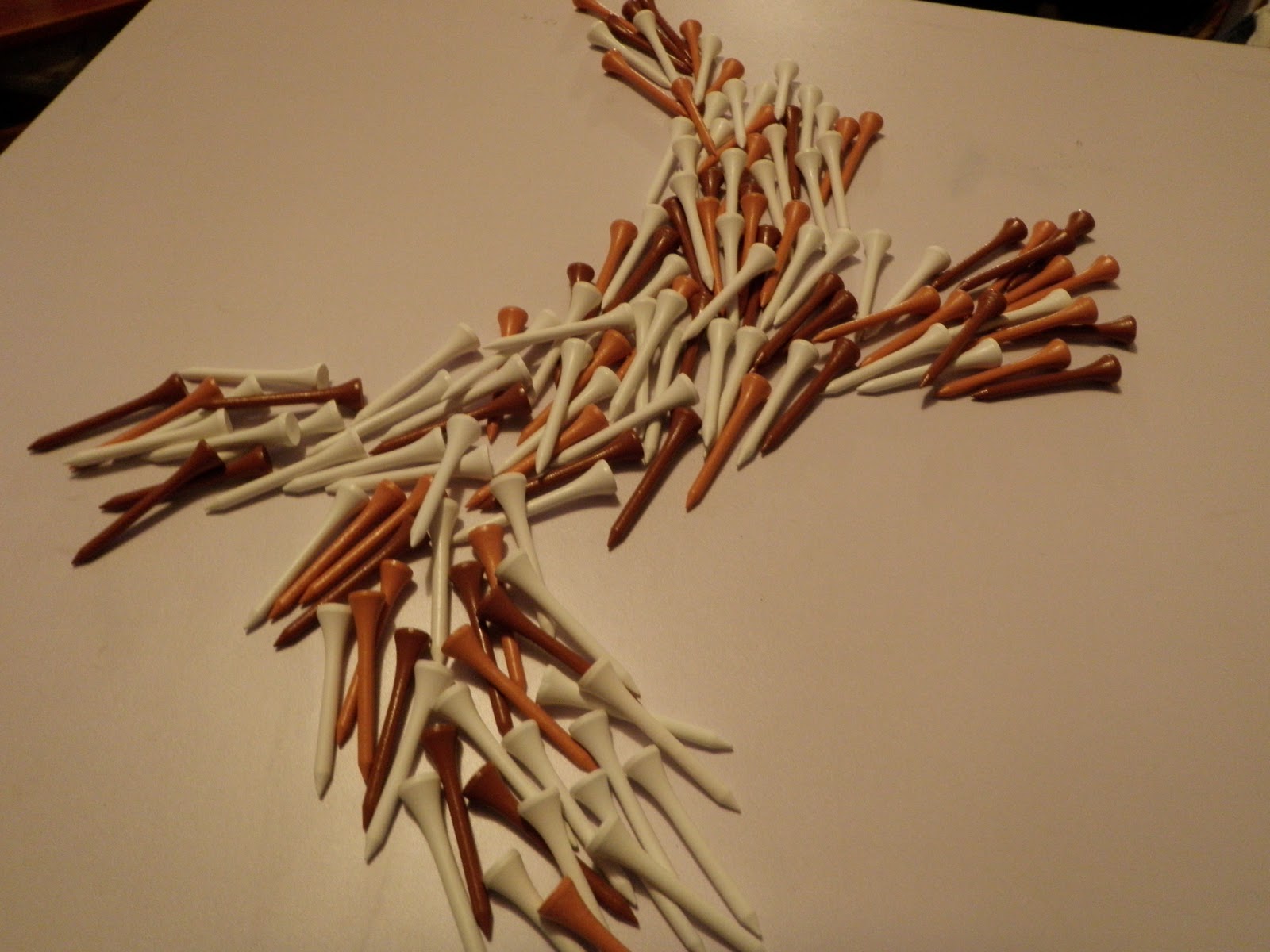Visualize a series of objects. (1) Make a list first of 15 objects (nonliving or living), (2) then work through it, mental visualizing each object from multiple angles, and (3) see if you can determine a pattern in your own imaging ability. (4) Now add a motion or change to each object in your list (ie if you visualized your mother in first list, now visualize her breathing or sneezing or gasping), (5) visualize each and see if you can determine a pattern in your own imaging ability. (6) Post lists and answer to (7) questions on your blog
PART 2: your Story LINE
- Are you better at visualizing people than objects? Or worse?
What seems to be mentally different?- Are you better at two-dimensional objects than three-dimensional? How so?
- Where do you see your image?
- Is it out in front of your eyes or back in your skull somewhere or somewhere else?
- What is brought to bear in these instances is a keen sensitivity to a non-modular perceptivity of sense-data. Why might this be important in your field?
LISTS from your story line (most current). Make a list for each type of sensation referenced in your story LINE.
Make an additional list recording all types of emotions or mood referenced in your story line.
- Sight
- Sound
- Smell
- Touch
- Taste
- Balance (equilibrioception)
- Temperature (thermoception)
- Pain
- Pressure
- Motion and acceleration (kinaesthesia)
- Direction (magnetoception)
- Temporal (sense of time)
Post lists to blog and bring hard copy to class Wednesday
PART 3: MAKE STUFF!
Choose 3 items from any of you story lists and translate each into 3 distinct mark drawings (= 9 drawings) representing your story's sensation/mood/emotion. You should spend a minimum of 10 minutes per drawing, recommend 15-20 per drawing (between 2 – 3 hours on your drawings). You may use any technique and material we’ve done and used in class or as homework. From your blog posts the charcoal ghost drawings with significant erasures seem strong and interesting.
Goal is tearing the language based sense reference out of its habitual context (thus achieving) by translating it tactilely into a visual reference creating a heightened awareness of sensory texture relevant to your story for the viewer.




















































